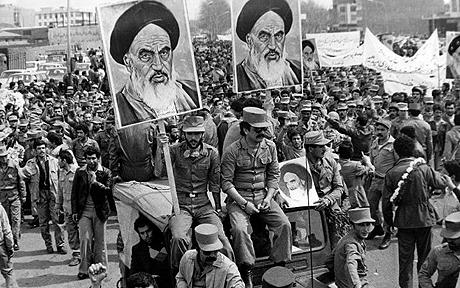Section 2 - Gatsby
In this second section, Nafisi analyzes F. Scott Fitzgerald's, The Great Gatsby, and relates it to living in Iran.
The Great Gatsby is a story about a wealthy man named Jay Gatsby, who is a dreamer and a romantic .The story is told from the viewpoint of Nick, Gatsby's neighbor, who observes Gatsby and his endless efforts to love a woman named Daisy. Daisy is married to another man named Tom Buchanan, who has an affair with a woman named Myrtle. As the story progresses, Daisy ends up running over Myrtle with Gatsby's car. Gatsby takes the blame for the murder and is shot dead by Myrtle's husband. In the end, it is evident that Gatsby's efforts to love Daisy proved to be harmful to himself. The end of Gatsby comes when Gatsby tries to achieve a dream that in reality cannot be achieved and has already ended.
The end of dreams is also apparent in Nafisi's life in the Iranian Republic. Even though the revolution has destroyed many individuals and stripped them of their own personal identity as discussed in Section 1, it becomes apparent in Section 2 that the Iranian Revolution is slowly destroying itself because the ideals that it tries to impose upon its people result in the clashing of different religious groups. The biggest example of such unrest is seen when Nafisi describes her experiences at the University of Tehran. Her attempts to teach her class are interrupted by religious demonstrations. Even when Nafisi tries to introduce The Great Gatsby to her university class in a positive light, students who support the Revolution oppose the book, claiming that it is "Westernized" and "decadent". The book is soon put on trial in the class, and what used to be a simple class discussion becomes a battleground for political and religious views. After a period of days, protests and revolts at the University become so out-of-hand that the Iranian government threatened to close the school. This threat is a sign of the people's unhappiness and unrest, which are the symptoms that signify the death of the Iranian Revolution's dream to create in their eyes, what they call a better society.
A revolutionary demonstration in Iran

